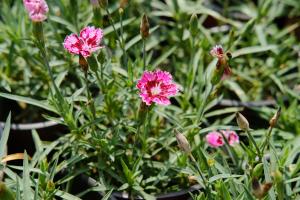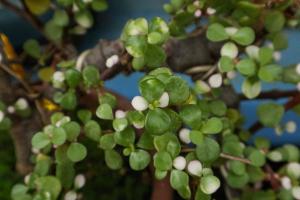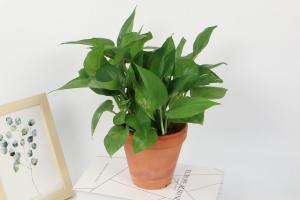Are Tomato Plants Acid Loving Plants
Tomatoes are a popular fruit (yes, it's a fruit, not a vegetable) often grown in backyard gardens, farms, and in greenhouses. They're delicious, juicy, and packed with nutrients, making them a great addition to salads or as a healthy snack. Most people think of tomatoes as neutral or slightly sweet-tasting, but are tomato plants acid loving plants? Let's find out.
What Do We Mean by Acid Loving Plants?
Plants require a certain pH level in the soil to thrive. The pH scale ranges from 1 to 14, with 7 being neutral. Anything below 7 is considered acidic, while anything above 7 is alkaline. Acid-loving plants prefer a pH level below 6.5, which is slightly acidic. Some examples of acid-loving plants include blueberries, azaleas, and rhododendrons.
What is the Preferred pH Level for Tomato Plants?
Tomato plants do not necessarily require soil that is highly acidic, but they do prefer a slightly acidic soil with a pH level between 6.0 and 6.8. This optimal pH level allows the tomato plants to absorb nutrients such as phosphorus, calcium, and magnesium more efficiently, which leads to a healthier plant with higher yields.
How to Test the pH Level of Soil for Tomato Plants?
It's essential to test the pH level of soil before planting tomato seeds to ensure that it's in the optimal range. You can purchase a soil testing kit online or from a local garden center. The kit will provide instructions on how to collect soil samples and test the pH level. If the pH level is too low, you can add lime to the soil to make it more alkaline. If the pH level is too high, you can add sulfur to the soil to make it more acidic.
Other Factors That Affect the Growth of Tomato Plants
While pH levels are essential for the growth of tomato plants, other factors also contribute to their success. Growing tomatoes in well-drained soil is crucial to avoiding root rot, which can occur in soil with poor drainage. Additionally, tomato plants require a consistent amount of water to thrive, but not too much water as it can lead to disease and other problems. Adding compost to the soil can also help with nutrient absorption and contribute to the overall health of the plant.
In Conclusion
While tomato plants may not be considered acid-loving plants, they do prefer a slightly acidic soil with a pH level between 6.0 and 6.8. Ensuring that the soil is well-drained, and tomato plants receive the right amount of water and nutrients, will lead to a healthy and productive plant. So, whether you're growing tomato plants for yourself or to sell at a farmer's market, it's important to pay attention to the pH level of the soil and other factors that contribute to plant growth and success.

 how many times do yo...
how many times do yo... how many planted tre...
how many planted tre... how many pine trees ...
how many pine trees ... how many pecan trees...
how many pecan trees... how many plants comp...
how many plants comp... how many plants can ...
how many plants can ... how many plants and ...
how many plants and ... how many pepper plan...
how many pepper plan...
































